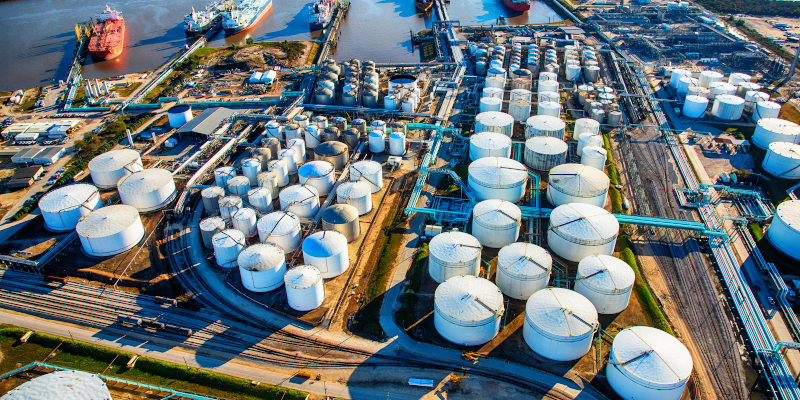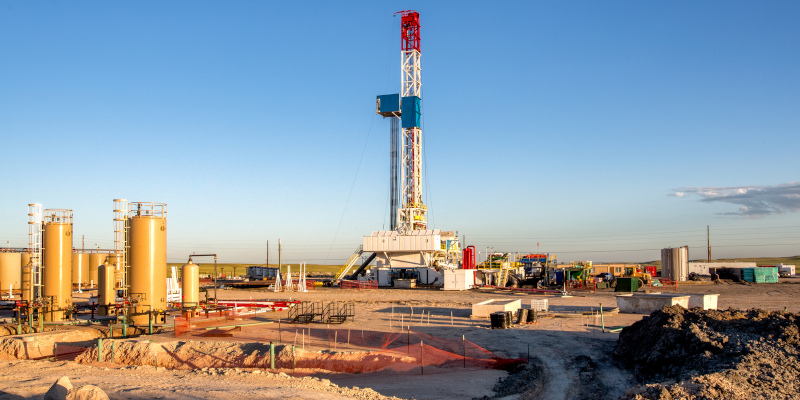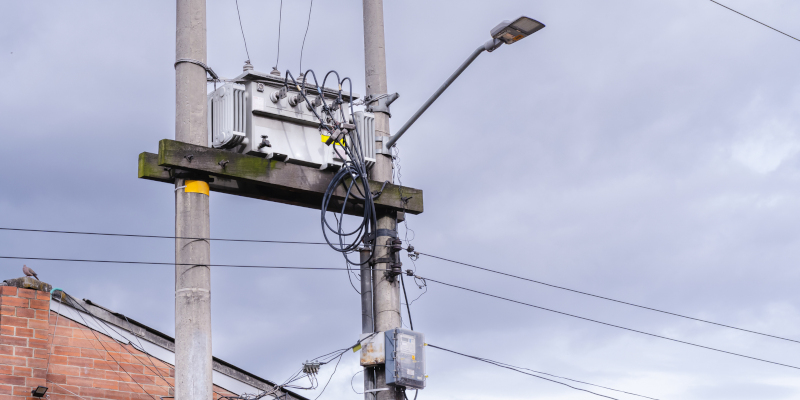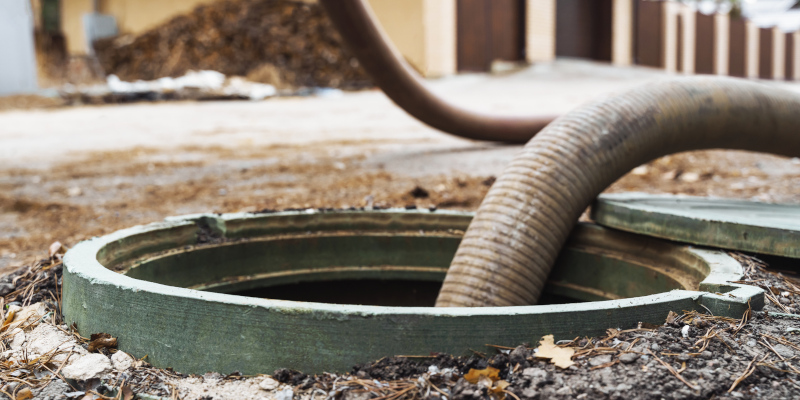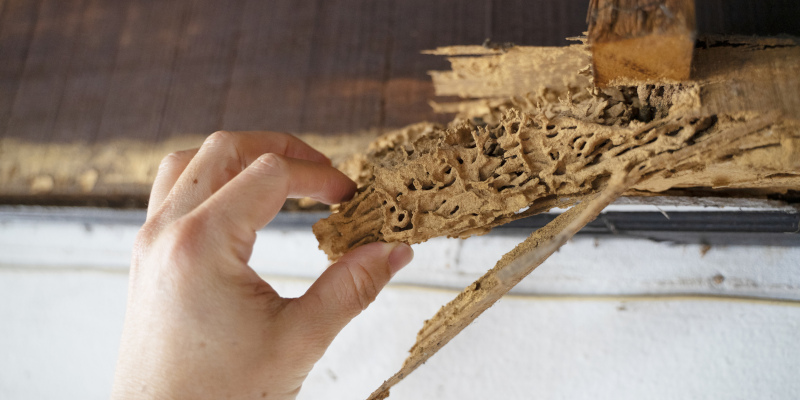If you work in the oil industry, then one of the most important parts of your business is ensuring that you have safe and effective oilfield storage. Because oil is such a hazardous substance, storing it requires high-quality equipment that adheres to strict safety regulations in order to prevent accidental spills. In this article, we will go over some key things that you need to know about oilfield storage.
Seams – When building oilfield storage tanks, one area that is especially important is the seams, as they represent a structural vulnerability that needs to be addressed. The seams on oil storage tanks should be welded firmly shut—ideally, the internal seams should be hand-welded and the external ones welded using a sub-arc, for maximum strength and durability.
Structure – Another key component of oilfield storage design is the structure of the tanks. Many tank manufacturers build their storage tanks with a slightly domed or coned top, which helps the tank to shed water and snow, and it also increases the strength and rigidity of the roof. In addition, many manufacturers give their tanks a flanged base to increase their stability and prevent them from sinking or moving in the soil.Size – A third thing to know about oilfield storage is that the tanks can be manufactured in a variety of sizes to suit your specific needs. Oil tanks can be made up to 14 feet in diameter and up to fifty feet long, but also come in smaller sizes depending on the oilfield owner’s plans.

